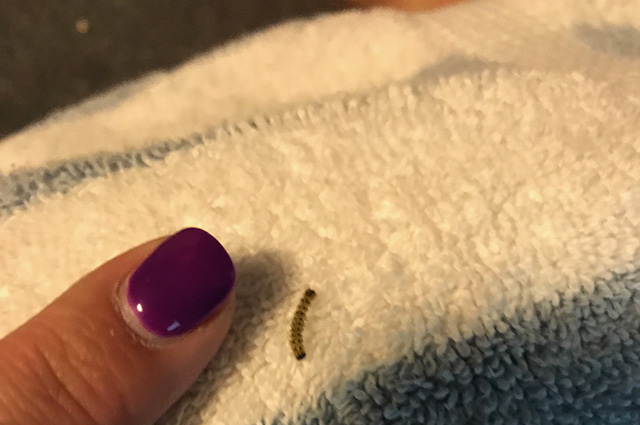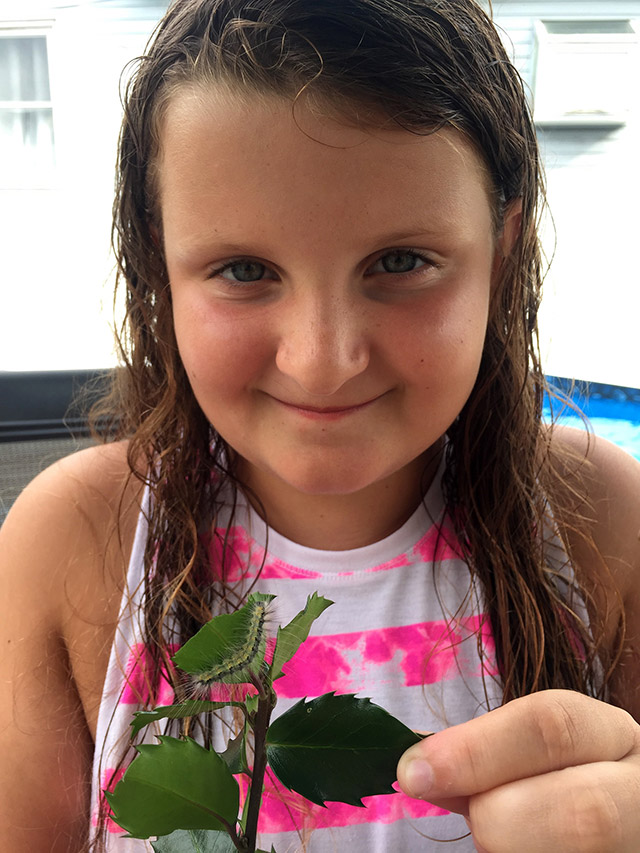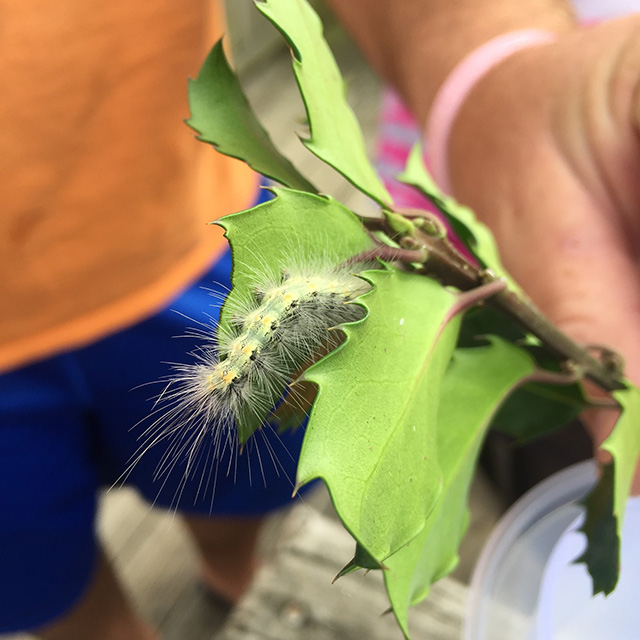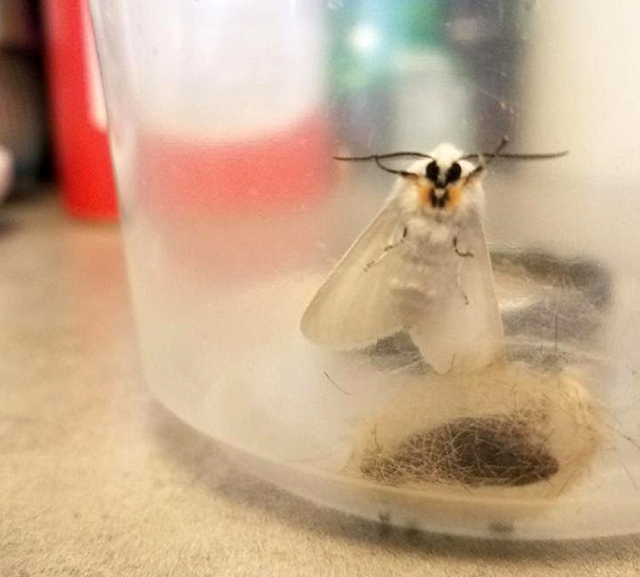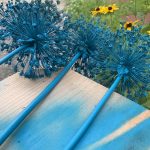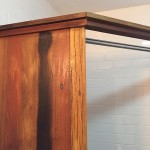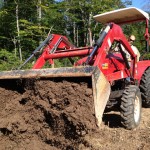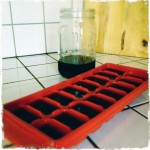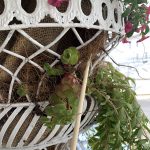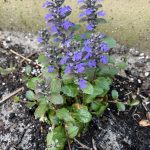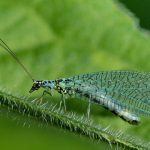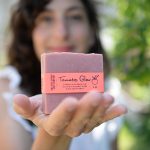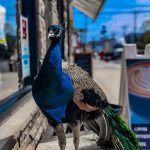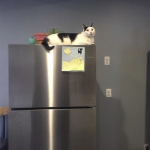Bailey’s “Butterfly”
About six weeks ago, I saw a picture of a fuzzy caterpillar on Facebook that my cousin-in-law Sarah Kearns posted. I was curious, so I messaged her. “What’s going on with that tiny caterpillar?” “Bailey (her daughter) is making a habitat for it, so she can watch it grow and transform.” Sarah replied. Being a nature person, I just absolutely loved this idea. I wanted to speak with Bailey directly to learn more. We set up a meeting to talk about her caterpillar, aptly named Catty.
Bailey Boden is a 10 year old Rockaway native. She’s just started the 5th grade a few weeks ago at The Waterside School for Leadership. One of Bailey’s favorite subjects in school is science. No wonder she took the initiative on this caterpillar project!
“Where did you find the caterpillar, Bailey?” “I left my towel outside for a while. Later on, I went to bring it in. My mom was about to shake it out when she noticed something on it. We were like… oh! It’s a caterpillar! I wanted to make it a little habit so we watched a Youtube video to learn how to do it.”
Bailey used a plastic container and placed a moist paper towel and a leaf inside of it. The video wasn’t specific on which type of foliage to use* so Bailey picked a leaf from the holly bush in her backyard. The leaf she learned is called a caterpillar’s host plant.The adult butterfly lays eggs on a specific plant. When the larvae hatches, it can get right to eating the correct nourishment. At first, Catty didn’t move from the underside of her leaf. Bailey noticed Catty was eating the coating on the back of it. Soon enough, her caterpillar started eating the entire leaf. She was starting to grow! When most of the leaf was gone, it was time to introduce another (while keeping the remnants of the host leaf in the habitat). Bailey learned through observation that caterpillars use the bathroom A LOT! When the wet paper towel dried (every 1-2 days), she would change it out with a new one, also removing Catty’s bathroom droppings.
The whole family was excited to see Catty start her cocoon… But when would it happen?! Bailey went online and read the life cycle takes 4-6 weeks. There are four stages: egg, larva, pupa and adult. The warmer the weather, the faster the process can be. Bailey and her mother also researched their caterpillar in an attempt to identify her species. After plugging in Catty’s physical description, they realized Catty may not be a butterfly afterall, she could be a moth! But only time would tell…
About a week later, it happened! Cathy the caterpillar began her metamorphosis. Bailey informed me that caterpillars make their silk cocoons out of their spit. A cocoon is a silk shelter spun with special silk glands produced in a caterpillar’s mouth.
Catty emerged on Aug 27th and she’s a moth!! Bailey wasn’t too surprised after her investigation and she was so excited to have successfully raised Catty to adulthood! Bailey waited one day before releasing her, so she could observe the behaviors of Catty, now a bright white moth.
More specifically Cathy the caterpillar became a fall webworm, a native of Native America, and of which there are over 636 species. Today, they’re now widespread throughout the world. Webworms, as the name suggests, are known for their characteristically large webbed nests on tree limbs.*
School has just begun and Bailey is hoping to share her summer learning experience about caterpillars and their habits with her classmates. She wants to incorporate her research into a class assignment. I think it’s wonderful that Bailey pursued this project on her own. There’s so much to learn from nature, even right in our own backyards. Go Bailey!
*The fall webworm feeds on all deciduous trees and shrubs. Webworms are among the most polyphagous of insects. In this case, the host plant is less important.
**These moths are different than tent caterpillar. Their cocoons are similar but they form in the spring, where webworms you see in the fall.
